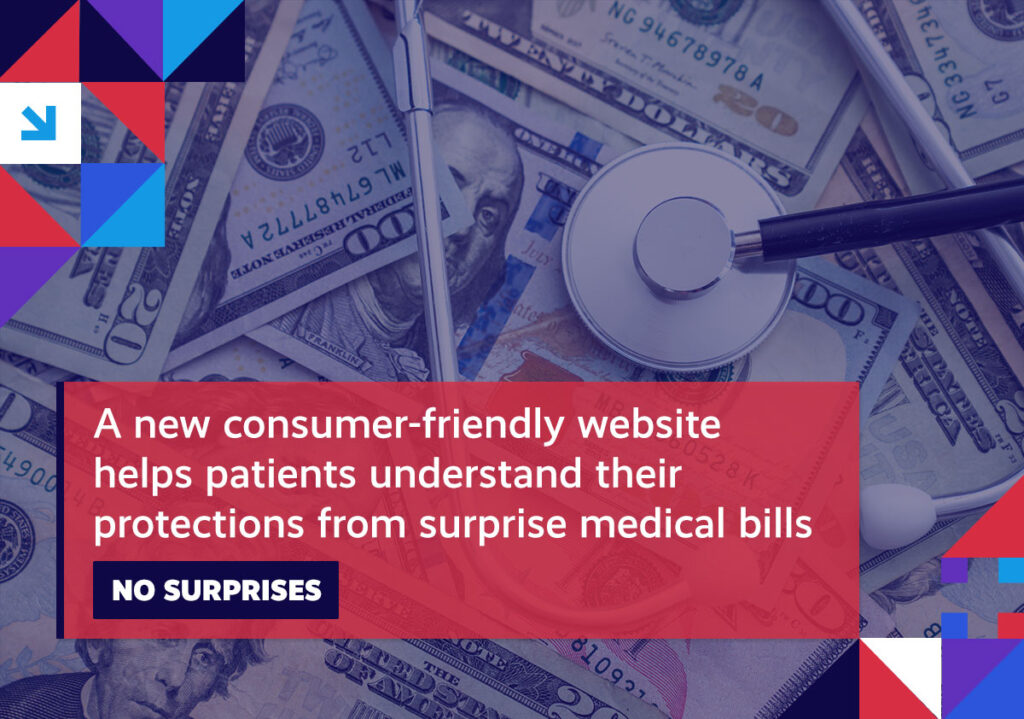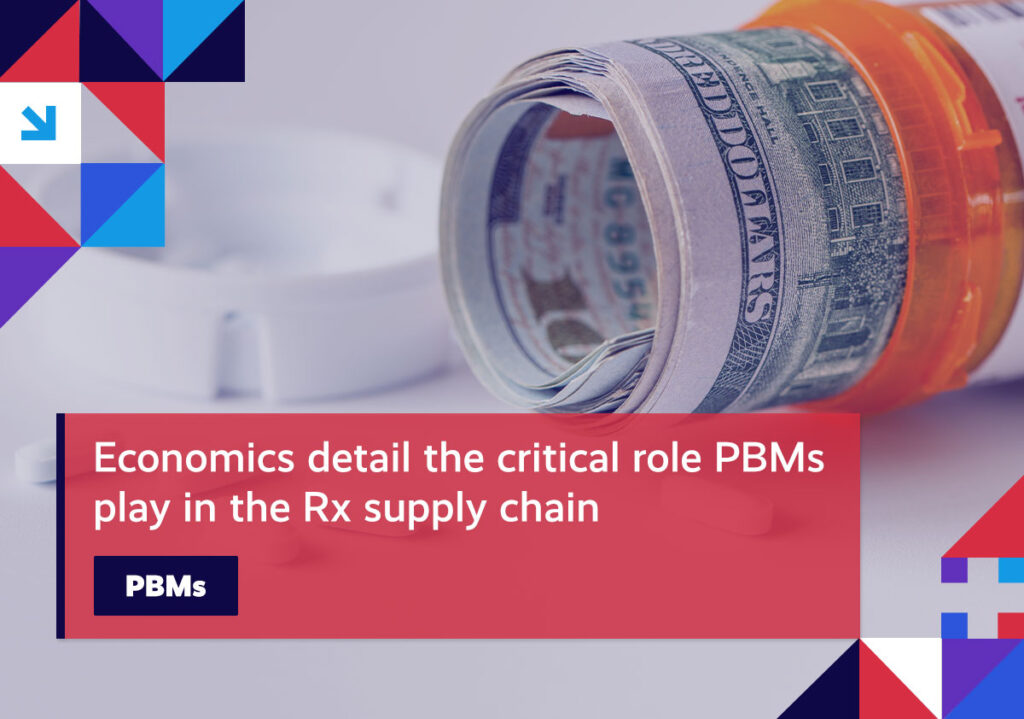A quick roundup of the issues driving the healthcare reform conversation.
Item of the Week

Spotlight
PROVIDER CONSOLIDATION TREND Consolidation of providers into larger health systems is leading to even greater concentration in our healthcare system.
Quick takeaway: This consolidation trend has resulted in fewer large systems at the top of the size distribution, with newer small systems grouped at the bottom.
Further context: By examining existing data, researchers identified some key takeaways, including:
- Health systems controlled a larger share of healthcare resources in 2021 than they did in 2018
- Consolidation has driven increasing variation in system size
- Patients receiving care in a truly independent physician practice is rarer than the data suggests
What it means: A separate study highlights the impact of this trend, with researchers linking hospital consolidation to closure of inpatient pediatric healthcare services.
HOSPITALS’ RISKY INVESTMENTS Despite claims of financial hardship, large hospitals continue to pursue aggressive investment strategies.
Quick takeaway: Hospitals – especially large nonprofits – are increasingly acting like venture capitalists, ramping up investments with an eye on immediate returns.
Digging deeper: Recent studies have established that the financial strain being reported by these large systems is driven primarily by investment losses.
What it means: Health economists have cautioned regulators and policymakers that any financial relief for nonprofit hospitals and health systems reporting financial losses must take into account the outsized role that investment losses had on these institutions’ bottom lines.
In their words, “Wall Street losses should not impact private payers’ and taxpayers’ payments to hospitals.”
HEALTH SPENDING National health spending will eclipse $7 trillion by 2031.
Quick takeaway: According to the latest projections from the Centers for Medicare & Medicaid Services (CMS), healthcare spending is expected to rise by an average of 5.4 percent annually over the next decade, when it will reach $7.17 trillion and account for nearly one-fifth of the U.S. economy (19.6 percent of gross domestic product).
Further context: With medical spending across all categories expected to rebound on this side of the COVID public health crisis, a surge of Medicare spending – driven primarily by hospital costs – will push healthcare expenditures to a rate that outpaces inflation.
WEIGHT LOSS Rx Weight loss drugs threaten to blow up healthcare costs.
Quick takeaway: With patient demand for these drugs skyrocketing, there’s growing concern over what the cost of covering these new treatments will do to our healthcare system.
Further context: According to one analysis, the cost to Medicare alone could be as high as nearly $27 billion a year. To put that into context, total annual spending in the Medicare Part D prescription drug program in 2021 was $98 billion.
What it means: Given that any long-term benefits of these drugs have yet to be proven to justify the enormous cost to our overall healthcare system, stakeholders are already sounding the alarm, including employers, who worry that they lack the ability to absorb the costs of covering such an expansive – and, expensive – new market.
Spotlight

| You can keep up with the latest by following the Health Action Network on Twitter and by liking us on Facebook. And, be sure to check us out on LinkedIn, too. As always, let us know if there’s something you’d like to see covered in a future newsletter. |
The Health Action Network includes everyday Americans—families, workers, businesses, patients, providers, neighbors, and friends. We are working together because we support market-based solutions that offer better healthcare choices and help build a stronger economy. The Health Action Network is an Elevance Health, Inc., initiative.
